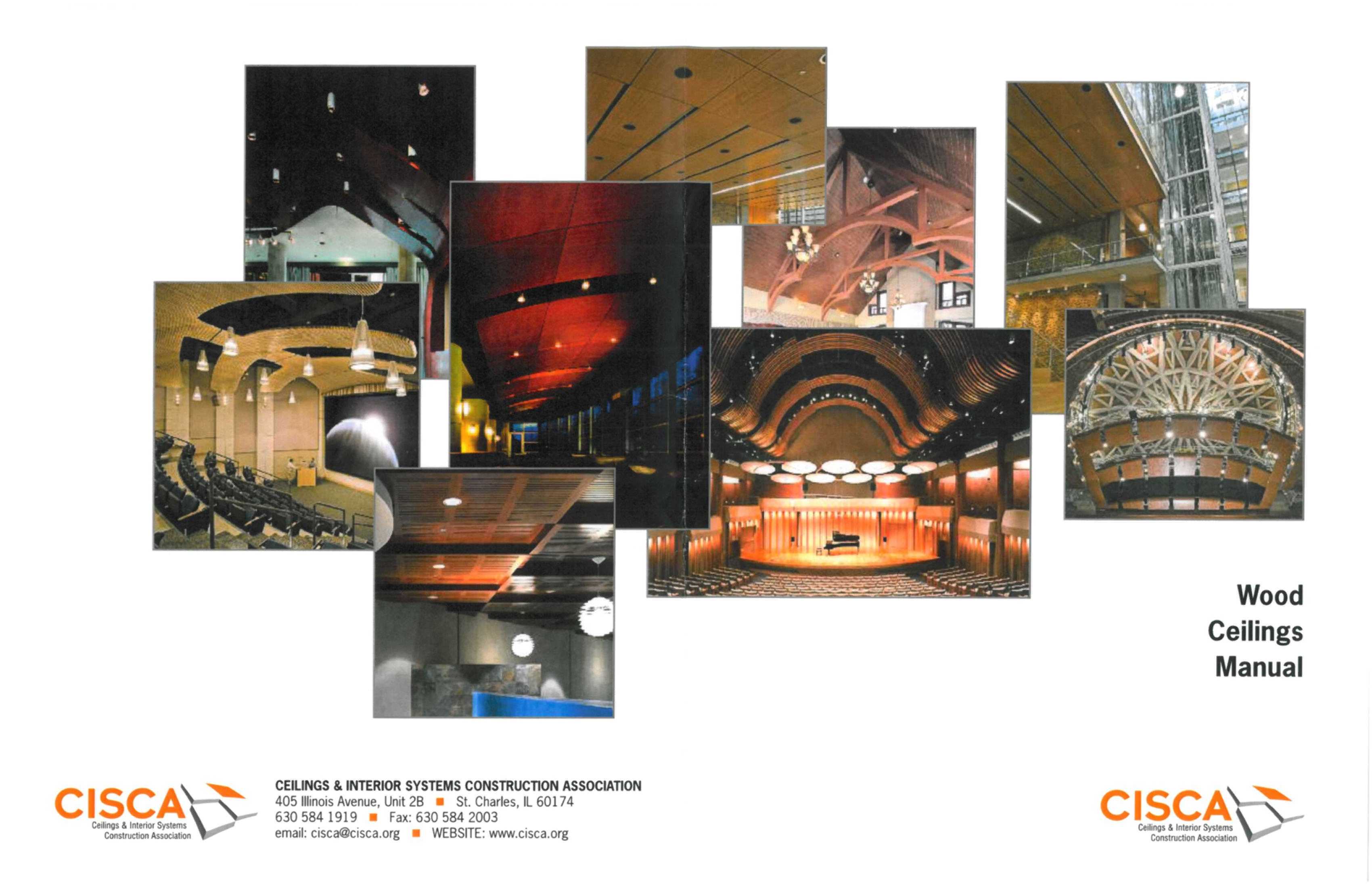Since being launched in 1999, the Armstrong Ceilings Recycling Program—the nation’s first and longest-running ceilings recycling program—has diverted more than 200 million square feet of discarded ceiling materials from landfills, saving enough virgin resources to fill New York’s Central Park six times over. Today, with environmental, social and governance commitments shaping business strategies of virtually every building owner and company involved in the building industry, the recycling program offers an efficient and effective solution to reduce construction waste and embodied carbon on commercial renovation and tenant improvement projects.
The innovative program creates close alignment between the ESG goals of Armstrong and those of its customers, focusing on several core attributes:
- Circularity—Armstrong manufacturing locations process discarded ceilings into new ceilings with higher recycled content.
- Reduced embodied carbon in the built environment.
- Contributing to improved waste diversion goals.
- Conservation of resources, including materials, water and energy.
“The building industry accounts for nearly 40 percent of global greenhouse gas emissions, with 11 percent coming from building materials alone,” said Anita Snader, senior sustainability manager at Armstrong World Industries. “Yet less than one-third of all construction and demolition waste is recovered and reused. Through the ceilings recycling program, both Armstrong and the customers who leverage the program are taking a proactive approach to reducing the global carbon footprint of the built environment.”
To assist customers in understanding how the ceilings recycling program will support their individual waste reduction, sustainability and business goals, Armstrong offers an online calculator that helps compare the cost of recycling versus landfilling the ceilings. Utilizing the program can also contribute to LEED v4 credits for Construction Waste Management, and use of panels with high recycled content can contribute to LEED v4 Materials and Resources credits.
Keeping Companies Competitive
When Armstrong launched the ceilings recycling program nearly 25 years ago, some companies were starting to look at ways to conserve resources and recycle to demonstrate they were responsible corporate citizens. However, today’s business landscape looks vastly different. Practices that bring ESG goals to the forefront are also now considered essential to a business achieving growth objectives and remaining competitive. Armstrong is dedicated to connecting everyone from building owners to contractors with the ceilings recycling program to ensure they have circular solutions.
“A recent Forbes study revealed that 59 percent of engineering and construction leaders feel a sustainable supply chain is a competitive differentiator,” Snader said. “In today’s world, companies that employ environmentally responsible strategies have a leg up on their competitors. This includes everything from attracting and retaining employees to securing new and repeat business from customers, tenants and clients. The ceilings recycling program helps our customers connect the dots between their ESG commitments and business objectives—allowing them to meet their waste reduction targets.”
In 2009, Armstrong became the first ceiling manufacturer to close the loop by using recycled ceiling panels to make new products in the Armstrong Ceiling-2-Ceiling program. To further advance its own ESG goals and support the building industry in doing the same, Armstrong also collaborates with groups such as the Ellen MacArthur Foundation—which they joined in 2021—to find new opportunities for recycling and reuse across product lines.
The Armstrong Ceilings Recycling Program offers customer support throughout the process, from registration to transportation to procuring new high-recycled-content ceiling solutions. For more information and to get started registering a renovation project for recycling, visit www.armstrongceilings.com/recycling.









